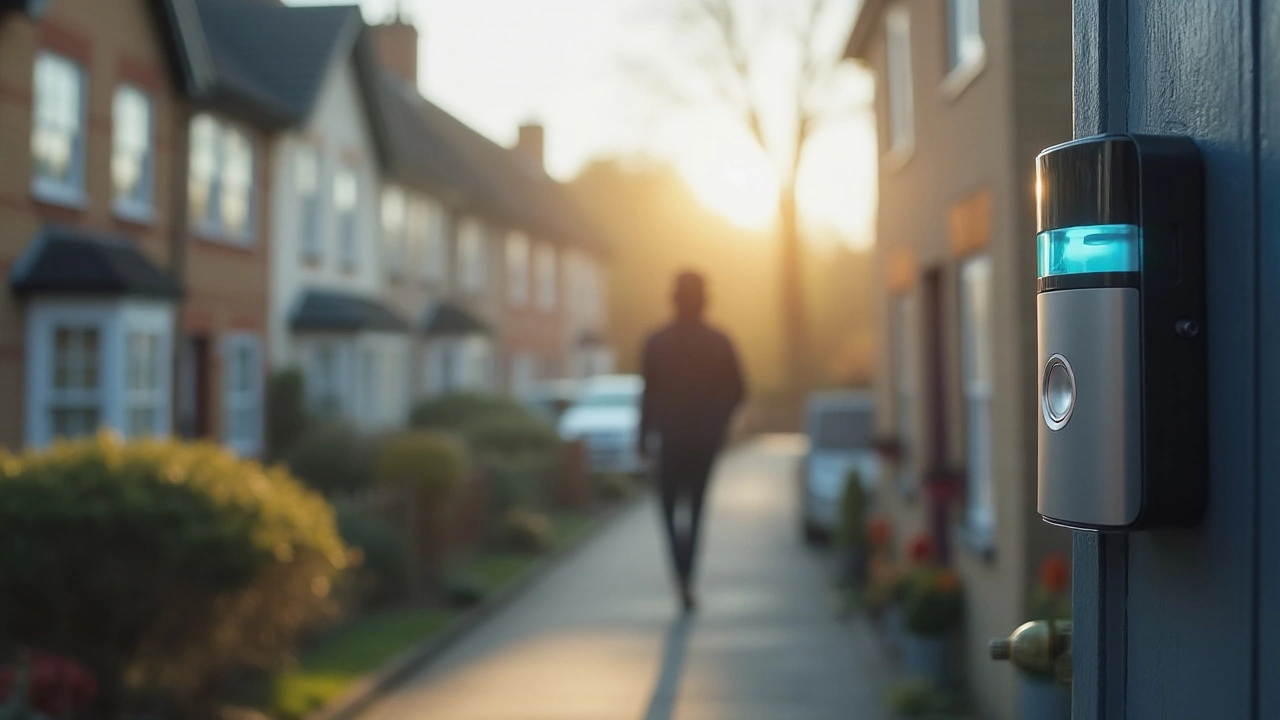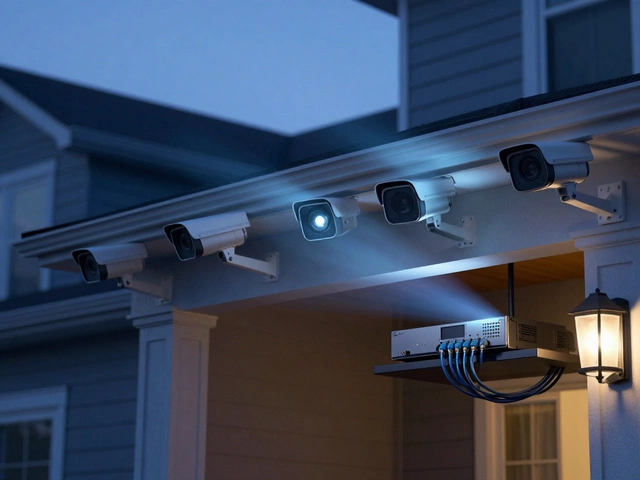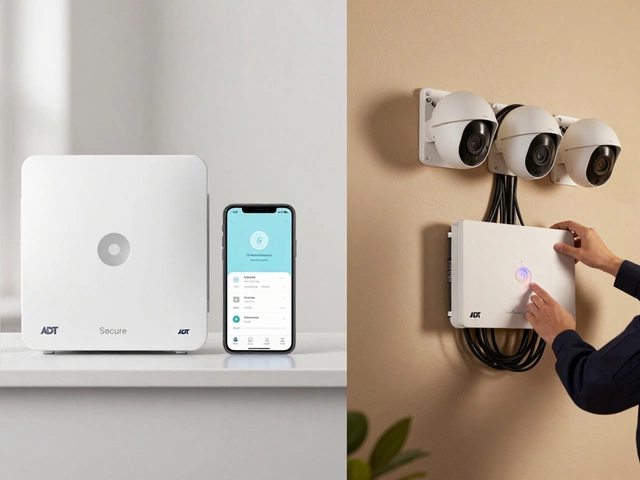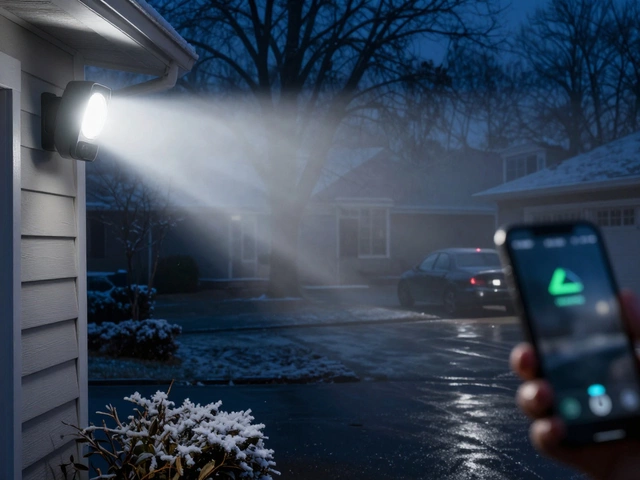Protect Smart Home: Simple Steps to Boost Your Safety in 2025
Turning your house into a smart home is great, but security can feel like a maze. The good news? You don’t need a PhD to keep your gadgets safe. Below are the key moves that give you solid protection without over‑complicating things.
Smart Doorbells: Wiring, Wi‑Fi, and Privacy
First up, the doorbell. If you’re buying a video doorbell, ask yourself: wired or battery? Wired units need a 16‑24V transformer, which means a reliable power source and fewer battery swaps. Battery models are quicker to install but you’ll need to check the charge every few months, especially if you get a lot of motion alerts.
Wi‑Fi is a must for any doorbell that streams video to your phone, but don’t forget the backup. A good router placement and a 2.4 GHz band keep the connection stable, even when the internet goes down. If you’re worried about privacy, choose a model that lets you store footage locally on a micro‑SD card – that way you aren’t handing everything to the cloud.
Choosing the Right Security Cameras and Sensors
When it comes to cameras, look for two things: power source and storage. Wired cameras give you uninterrupted video, but they need a power line or PoE switch. Wireless cameras are easier to hide, yet they rely on batteries and strong Wi‑Fi. For 2025, the sweet spot is a hybrid: wired for outdoor coverage, wireless for indoor rooms where you might move the device.
Motion sensors are another piece of the puzzle. PIR (passive infrared) sensors are cheap and reliable for detecting heat, while microwave sensors guard against objects that move slowly. Dual‑tech sensors combine both, cutting down false alarms caused by pets or shadows. Install them near entry points and in dark corners for the best coverage.
Don’t forget the alarm system itself. Modern alarms can run without a traditional phone line – they use cellular or Ethernet backups. If you’re on a tight budget, start with a basic DIY kit that includes a keypad, door/window sensors, and a siren, then upgrade to professional monitoring later.
Privacy concerns pop up with any camera. Keep firmware up to date, change default passwords, and use a strong, unique Wi‑Fi password for your smart home network. A separate guest network for smart devices keeps your main internet traffic isolated.
Finally, think about integration. Most major brands play nicely with Google Home or Amazon Alexa, letting you arm or disarm the system with voice commands. Set up routines – for example, “Goodnight” can lock doors, turn off lights, and set the alarm with one tap.
Protecting a smart home isn’t a one‑time task. Treat each device like a small piece of a larger security puzzle, check it every few months, and enjoy the peace of mind that comes with a well‑guarded, connected house.






